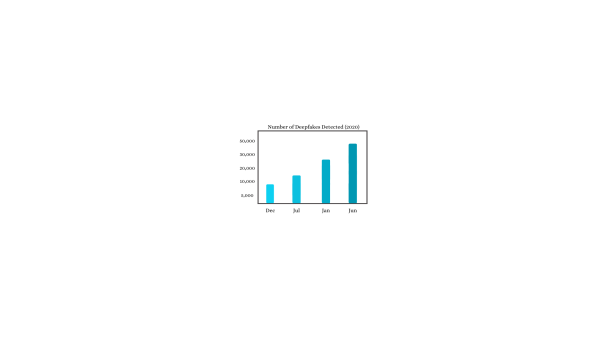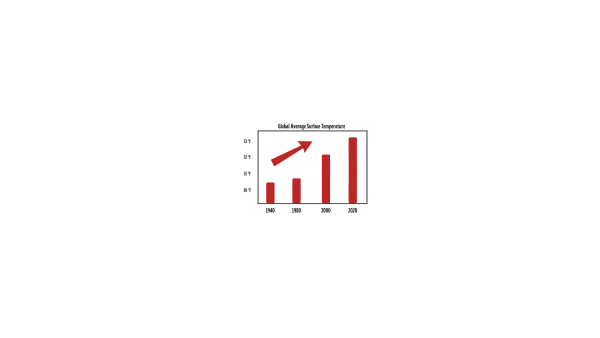Obesity Rates in U.S. Reach Dangerous Heights

(Graphic by Zara Deen)
Teen obesity rates have been increasing rapidly over the last 50 years, with 17% of the 42 million teens in the U.S. classified as obese, or about seven million obese teens.
This is a huge difference from teenage obesity rates in other countries, due to the difference in the quality and quantity of food available.
Even in school lunches, nutritional values are no comparison to other countries.
One of the reasons for this is the lack of fresh ingredients in the U.S. In European countries, lunches often consist of fresh salads and meat is not always red.
This differs from U.S. school lunches, which are often packed with foods void of nutrition, as they stay edible longer.
This factor, combined with the portion sizes of lunches, leads to American students consuming up to 200 hundred empty calories more than other countries.
This doesn’t only apply to cafeteria food.
“On my trip to Paris, we were underwhelmed by the amount of food they gave us at restaurants, as we were used to the huge American portions,” freshman Nirvana Khaleeli said.
The normalization of large portion sizes can lead to ultimately unhealthy lifestyles.
“Because of our portion sizes in the U.S., teens become so used to this it expands the average amount they should be able to eat,” Dr. Omer Deen said.
“However, their bodies do not need as much food as they think, causing a lot of this to be stored as fat.”
If teen obesity continues to increase at this rate, nearly one in three U.S. teens will be obese by 2030.
Contrary to popular opinion, obesity is not a cosmetic issue but rather, a life-threatening problem.
A study done by Harvard University found that “Obesity increases the risk of several debilitating, and deadly diseases, including diabetes, heart disease and some cancers.”
People struggling with obesity have a lowered life expectancy of 5-20 years. The average person lives up to around 75 years, but obesity can cause a person to only make it to around 50 years.
U.S. food companies and restaurants tend to value their revenue over their customers’ health, done by supplying consumers with large amounts of non-nutritious “empty” foods designed for customers to need more than necessary to feel full.
People are consuming more calories than their bodies need, resulting in more weight being gained.
Unhealthy weight gain due to poor diet and lack of exercise is responsible for over 300,000 deaths each year.








